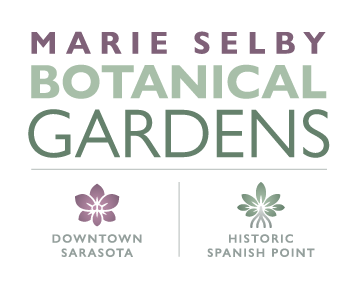Gossypium hirsutum (Malvaceae)
Origin: Florida and the West Indies to Central America
 Wild cotton is an endangered species in Florida. Habitat loss due to human development, is the usual reason plants and animals get placed on such a list. Cotton, however, was once found growing in some of the most inhospitable places in Florida, and is listed because of an altogether different reason: we tried to eradicate it in an attempt to keep out the pink boll weevil, and we almost succeeded.
Wild cotton is an endangered species in Florida. Habitat loss due to human development, is the usual reason plants and animals get placed on such a list. Cotton, however, was once found growing in some of the most inhospitable places in Florida, and is listed because of an altogether different reason: we tried to eradicate it in an attempt to keep out the pink boll weevil, and we almost succeeded.
Gossypium hirsutum is a large shrub to small tree, a perennial, with pretty cream-yellow flowers which look just like hibiscus flowers. Mature plants have thick, woody stems and lobed leaves that wither and fall during winter, exposing a small, green, immature cotton boll before they burst open and reveal cotton – deciduous plants in seed look like arrangement of sticks with clusters of cotton balls glued randomly all around. Then in the spring time the plants leaf out once more and begin to bloom. The plants typically do not set cotton (or much of it) their first year.
Most commercial cotton plants grown around the world today are hybridized offspring of some type or another of our native cotton. Commercial cotton crops, however, are often treated as annuals; planted close together in massive monocultures covering acres and acres of nothing but cotton. In 1932, the cotton boll weevil made its way north into the lower Florida Keys, and almost overnight, the most important crop in the South was threatened with possible decimation. It was quickly realized that the wild Gossypium plants were playing active roles as breeding grounds and hosts to the pink boll worm, and so immediate efforts were taken to eradicate wild cotton from Florida. By the 1960s, scientists had identified a male boll weevil pheromone, which could then be used to set out traps. By this time, however, the stands of wild cotton which had stretched Florida’s coasts from the Keys up to Pinellas County on the west and Palm Beach County on the East and filled the Everglades, were almost gone.
As its common name suggests, uplands cotton is a dry-growing plant which cannot tolerate flooding. Although it grows coastally, there is usually a dense buffer of vegetation (like buttonwoods and mangroves) which protect it from salt spray and winds; it is only somewhat salt tolerant. It is one of those plants which you will rarely see, but when you do, there is a stand of them. Probably the best place in the state to see an abundance of wild cotton is in Everglades National Park, on the coastal hiking trails in the Flamingo area. Here at Selby Gardens we have several plants in our tidal lagoon area, which are showing off their cotton at the moment. We have reported our plants to the USDA, which is involved in a mandatory program monitoring all cotton plants in the state of Florida, even those grown for ornamental or educational purposes. They have placed pheromone traps near our plants and regularly check these traps for evidence of the boll weevil.
Text by David Troxell
